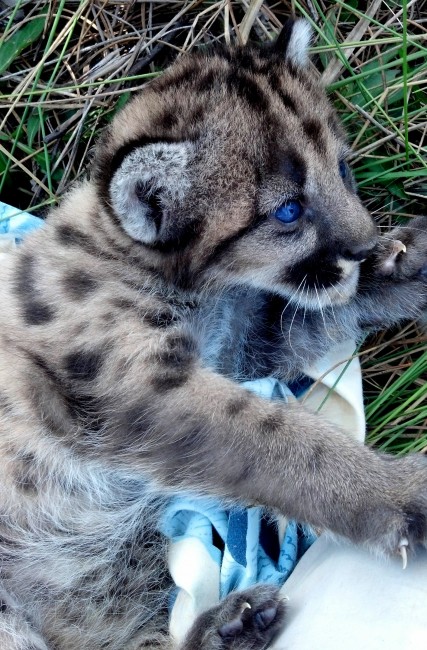
November 14, 2014
New Hope for Florida Panthers
- as seen by -
 Frank Ridgley
@Zoo Miami@zoomiami@zoomiami
Frank Ridgley
@Zoo Miami@zoomiami@zoomiami Although it is sometimes difficult to get up at 4 am for Florida panther season, I have never once been disappointed by the beauty of daybreak in Big Cypress National Preserve.
Through the night, National Park Service biologists dialed into a special cell phone hooked to a VHF receiver. The phone picks up automatically when called. It had been placed several days earlier just a few hundred yards from the possible den of a female panther. Our group listened intently to the “biologist-in-a-box.” The radio collared female had not left the pine island for a few days. When the biologists did not hear beeps from her collar, they knew she had gone off to hunt.
Our response team – made up of biologists, veterinarians, and technicians – monitors the health of individual cats and the population as a whole. We headed out by sunrise. After a long buggy ride, we formed a line to slowly forge through the thick pineland overgrowth to look for the den before the female came back. Suddenly, one of the biologists let out a “woop” to let us know they had found it.
Inside the den were three healthy Florida panther kittens with those captivating blue eyes – each one so important to the panther’s future.
Florida panthers are listed as federally endangered. In 2013, the population estimate was 120-180 individuals in the wild, confined to Southwest Florida.
Pentax Optio WG-1 GPS
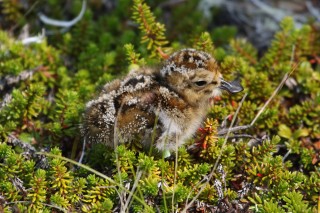
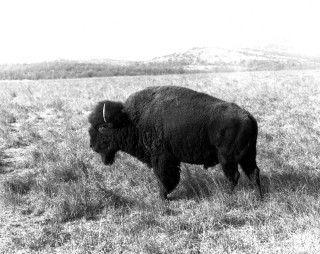
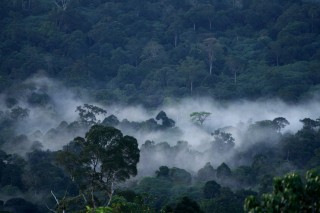
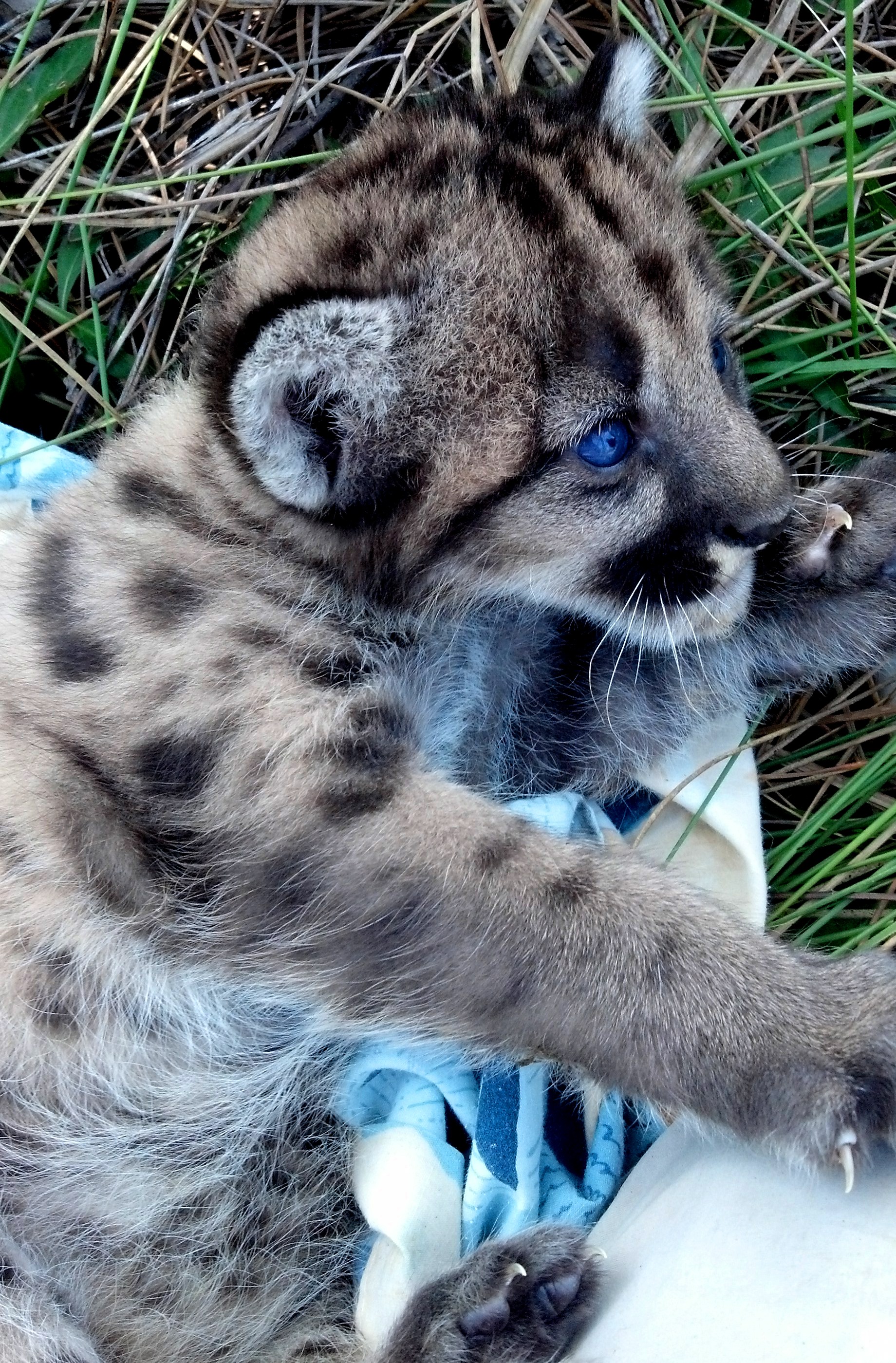
Leave a Comment